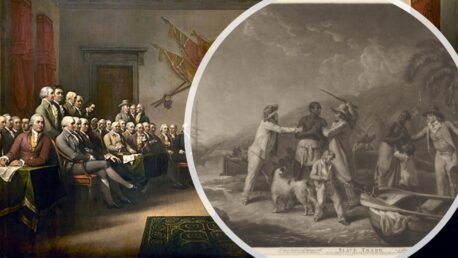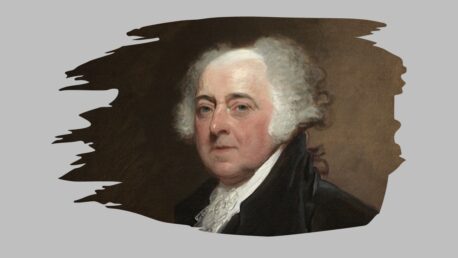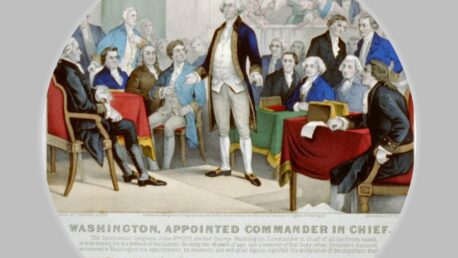Disunion Among Ourselves: The Perilous Politics of the American Revolution
The 5 essays in this series reveal the deep political divisions that almost tore the American Union apart during the War of Independence (1774-1783). So fractious were the founders’ political fights that they feared the Revolution might end in disunion and civil war among themselves. Instead of disbanding into blood-soaked separate regional confederacies, the founders managed to unite for the sake of liberty and self-preservation. This series, based upon the author’s new book ‘Disunion Among Ourselves: The Perilous Politics of the American Revolution’, serves as a touchstone for understanding the cornerstones of democracy, reminding us that commitment to civic virtue and ethical leadership is essential to sustain this fragile form of government.




